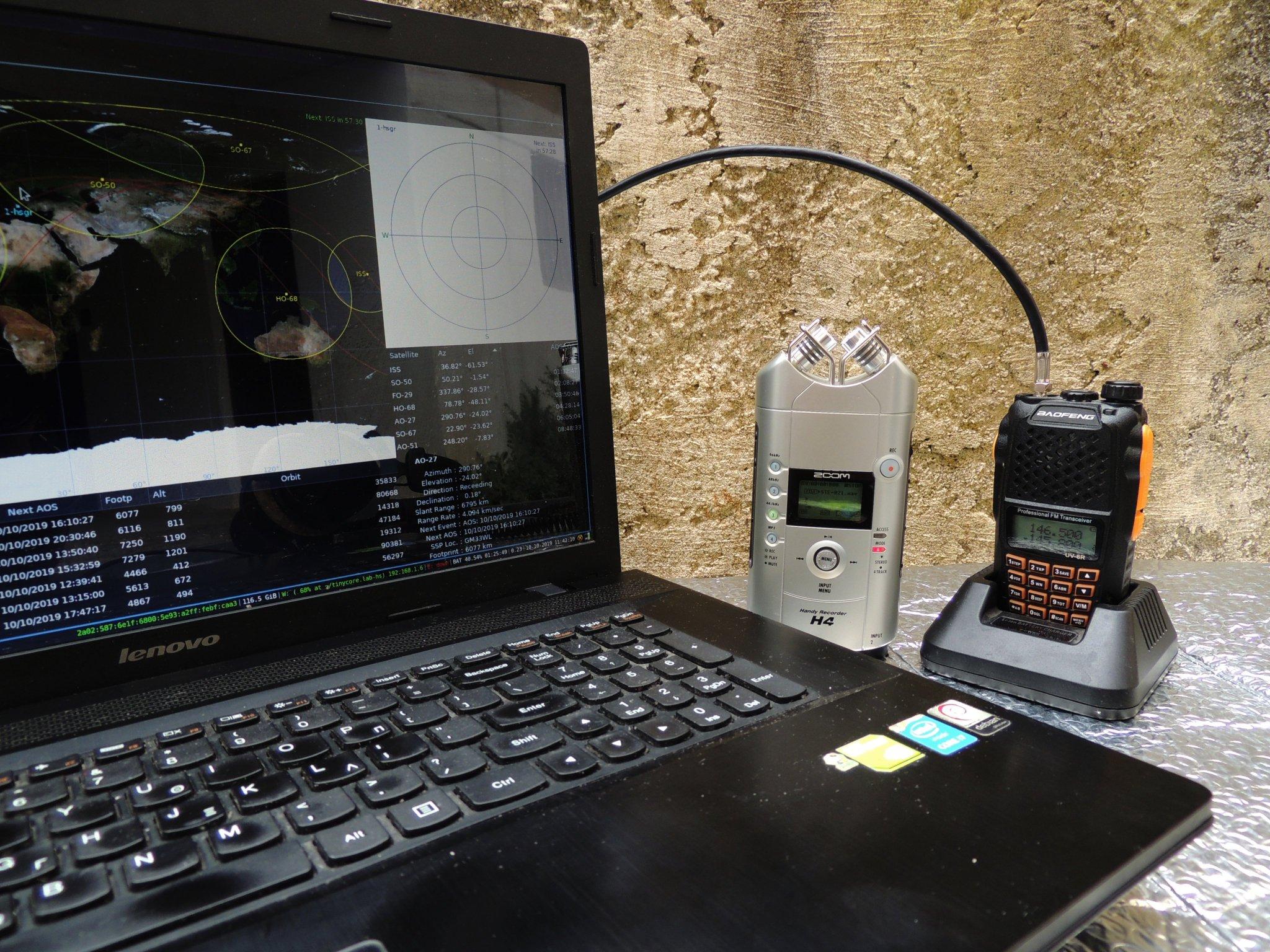../
about/
projects/sstv/
repository/
support/
contact/
SSTV stands for Slow Scan TeleVision, which is a method of transmitting still images over radio waves. It’s often used by amateur radio operators to send and receive images, such as photos or graphics, using specialized equipment and software. SSTV encodes the image information into audio signals, which can then be transmitted and received by compatible equipment. When received, these signals are decoded to display the transmitted image. It’s a fascinating way to combine radio communications and visual data transmission.

Periodically, the ISS [International Space Station] transmits images using SSTV technology. These images are usually related to space missions, crew activities, or Earth views from the Space Station. Amateur radio operators on Earth can receive these transmissions and decode the images. This activity allows space enthusiasts and ham radio operators to receive pictures from space and is a fun way to engage with the ISS and its missions. When ISS SSTV events are scheduled, information is typically provided to the amateur radio community so we can prepare to receive and decode the images as the ISS passes overhead.
The ‘ARISS SSTV Award’ is an award program associated with the Amateur Radio on the International Space Station [ARISS] program. To earn the ARISS SSTV Award, participants need to receive and decode a certain number of SSTV images sent by the ISS during specific events. This award program encourages amateur radio operators to engage with space communication and the ISS. The specific requirements for earning the award may vary depending on the ARISS program’s guidelines and objectives at the time of the award event.
Diploma:
Expedition 63 [04-08.10.20]
Expedition 72 [08-14.10.24]
Image Format: SSTV PD120 uses a 320×240 px image format, which then transmitted over the airwaves. PD120 uses 120 scan lines, which is why it’s called PD120. Each scan line represents a row of pixels in the image. PD120 operates at a relatively slow transmission speed, typically taking about 120 sec. to transmit a single image. Uses a color encoding scheme that allows full-color images. The PD120 signal consists of both audio and video components, which need to be properly synchronized for successful decoding. Try to decode the above audio file using PD120 mode. There are open-source software options such as QSSTV and RX-SSTV, which are available for Linux platforms.
